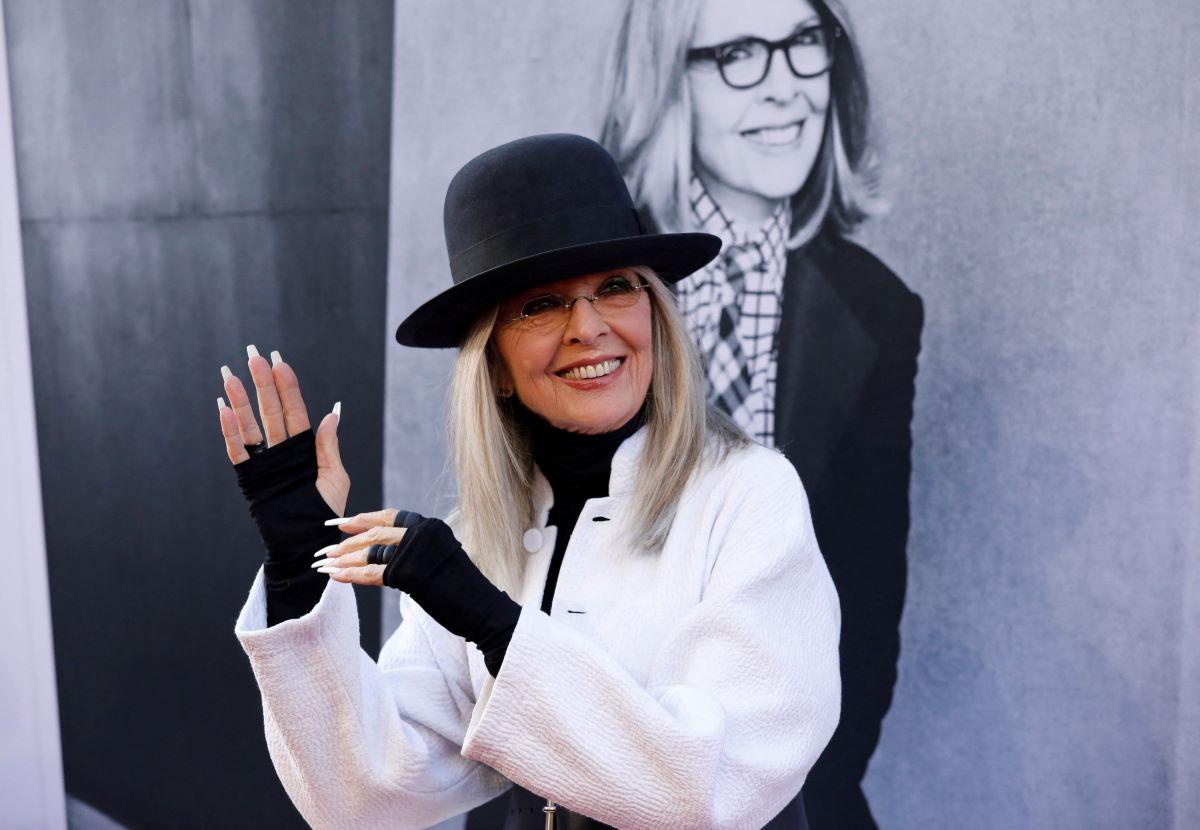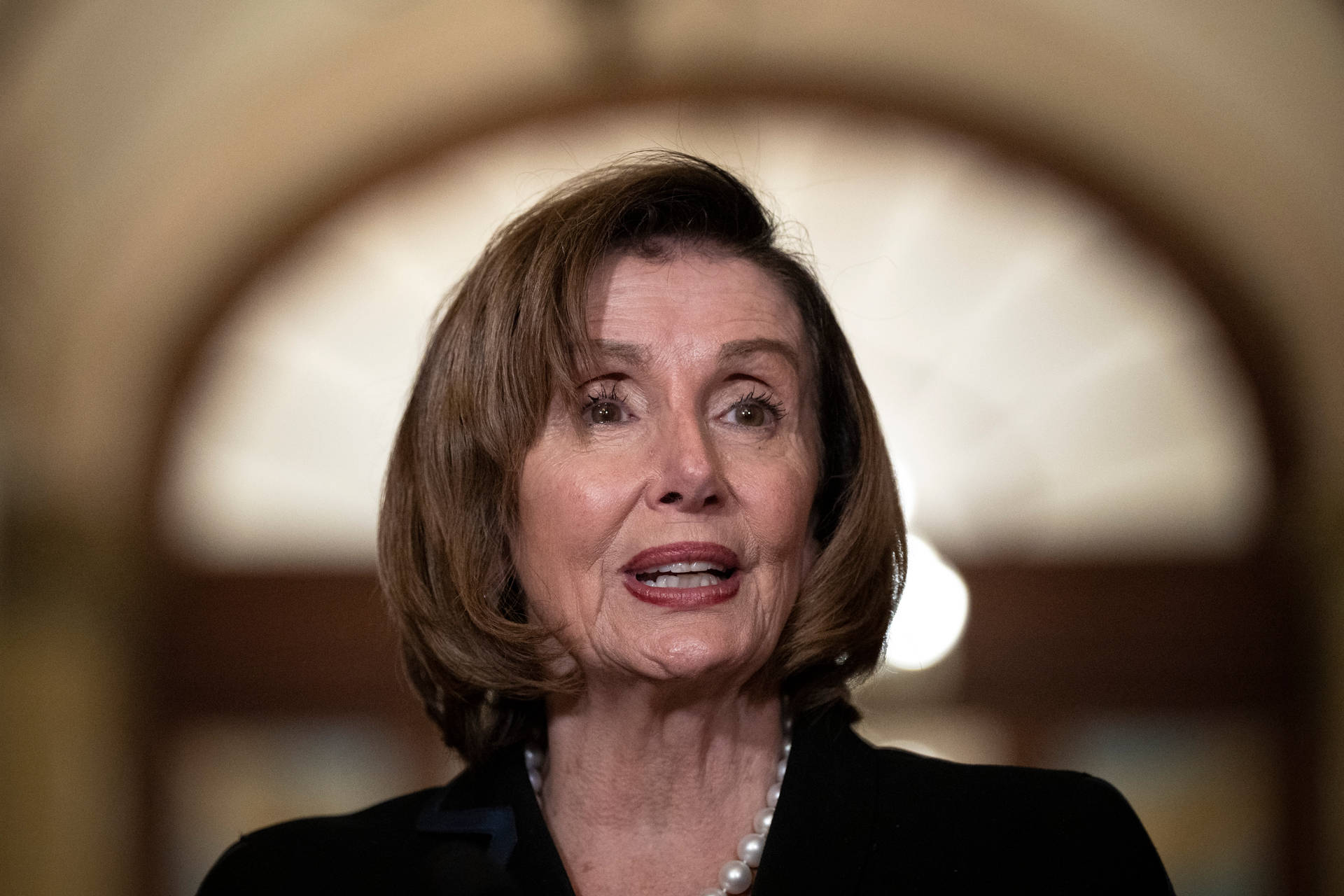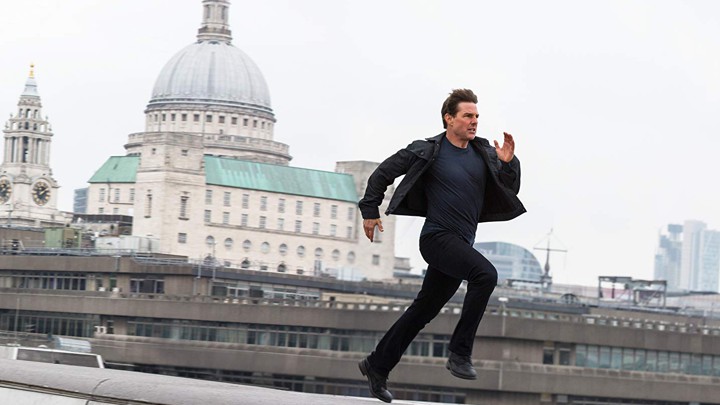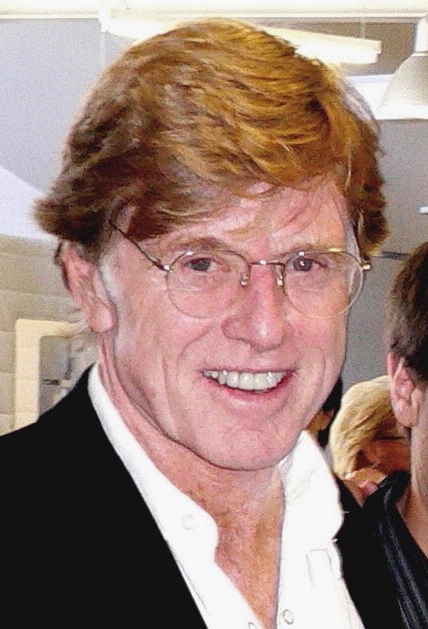
The news of Diane Keaton’s passing at 79, confirmed on October 11, plunged Hollywood and legions of fans into a collective sorrow, leaving behind a profound void. Tributes poured in from co-stars and filmmakers, echoing a shared sentiment of loss for a true original. Yet, amidst the heartfelt eulogies, a pervasive curiosity lingers, often coalescing around the very elements that made her so uniquely captivating: her distinctive public persona, characterized by an unmistakable fashion sensibility featuring hats, tailored suits, and often, a covered neckline.
Indeed, Keaton’s style became as iconic as her unforgettable roles, an integral part of her mystique. Far from being a mere fashion choice, her sartorial selections—the bowler hats, the ties, the turtlenecks—were frequently perceived as deliberate statements, prompting speculation and a deeper inquiry into their origins. Was there a hidden narrative, a profound underlying reason for this consistent aesthetic, or was it, as many suspected, an authentic extension of a complex and fascinating individual?
This article endeavors to explore the multifaceted dimensions of Diane Keaton’s life and career, drawing exclusively from the rich tapestry of insights provided by those who knew her, her own reflections, and critical observations. We will peel back the layers of her public image, not to uncover a singular ‘tragic reason’ where none is explicitly stated in the comprehensive accounts of her life, but rather to illuminate the genuine influences, the deeply personal motivations, and the profound artistic sensibility that converged to create the inimitable icon known for her distinctive hats and timeless style.

1. **The Genesis of an Icon: Early Life and Influences**Born Diane Hall in Los Angeles in January 1946, Diane Keaton’s formative years, perhaps surprisingly, were not steeped in the glamour of Hollywood. Her family operated outside the film industry, with her mother serving as a homemaker and photographer, and her father engaged in real estate and civil engineering. This familial backdrop, however, proved to be a fertile ground for cultivating her artistic inclinations, as both parents were instrumental in inspiring her nascent love for the arts, from the intricate world of fashion to the grander visions of architecture.
Her early education in Santa Ana, California, saw her gravitating towards the expressive realms of theater and singing. Yet, beneath this burgeoning artistic spirit, a quieter, more vulnerable struggle was unfolding. In her 20s, Keaton candidly battled bulimia, revealing a profound self-consciousness about her appearance that belied her eventual command of the public gaze. This internal conflict, coupled with a deep-seated insecurity, became a powerful counterpoint to an equally potent ambition.
As she herself articulated, her “most marked characteristic” was “Insecurity in conjunction with ambition.” This introspective insight provides a crucial lens through which to understand the complex interplay of confidence and vulnerability that would later define her unique presence. Her early experiences—her family’s influence on her artistic tastes and her personal battles—laid the groundwork for the unconventional path she would forge, where her public image would become a carefully curated, yet inherently authentic, extension of her evolving self.
Read more about: Decoding Old English: Essential Facts About the Anglo-Saxon Language You Should Know

2. **Manhattan Calling: The Stage Years and Self-Discovery**Driven by her artistic aspirations, Keaton made the pivotal decision to drop out of college after just one year and relocate to Manhattan, a city synonymous with ambition and transformation. It was in this vibrant cultural crucible that she truly began to forge her identity. Upon discovering that Actors’ Equity already had a Diane Hall in its ranks, she adopted her mother’s maiden name, Keaton, a subtle yet significant act of self-definition that marked the beginning of her unique journey.
In New York, she immersed herself in her craft, studying under the tutelage of Sanford Meisner. Keaton credited Meisner with bestowing upon her the profound freedom to “chart the complex terrain of human behavior within the safety of his guidance.” More than just acting technique, this mentorship allowed her “to appreciate the darker side of behavior,” fostering a deep courage to “delve into such dangerous, illuminating territory” that would later enrich her performances and personal expression.
Her stage career began with an understudy role in the groundbreaking Broadway production of “Hair,” a testament to her burgeoning talent. By 1968, her capabilities were widely recognized with a Tony nomination for her performance in Woody Allen’s play, “Play It Again, Sam.” These formative years in New York, characterized by rigorous training and critical acclaim, solidified her commitment to an authentic artistic path, providing the essential foundation upon which her singular career and public persona would be built.

3. **The “Annie Hall” Effect: Shaping an Enduring Style**While her stage work earned her recognition, it was her iconic role as Annie Hall in the 1977 film of the same name that propelled Diane Keaton into international stardom and indelibly cemented her status as a style icon. Winning her an Academy Award for Best Actress in 1978, the film saw her character, Annie, sporting a now-legendary wardrobe: “necktie, bowler hat, vest and khakis.” This ensemble, far from being a mere costume, became synonymous with a fresh, unconventional aesthetic that captivated audiences and redefined female fashion.
What made the “Annie Hall” style so impactful was its genuine reflection of Keaton’s personal sartorial choices. She was already “well known as a style icon for her trendsetting mix of traditionally masculine garb in unexpected proportions.” The film simply amplified and celebrated an aesthetic she had cultivated off-screen, showcasing her whimsical sense of humor and her comfort in clothing that challenged conventional feminine glamour. Critic Vincent Canby of The New York Times lauded her portrayal, writing, “As Annie Hall, Miss Keaton emerges as Woody Allen’s Liv Ullman. His camera finds beauty and emotional resources that somehow escape the notice of other directors. Her Annie Hall is a marvelous nut.”
Keaton herself acknowledged the profound parallels between the character and her own life, writing in her memoir, “My last name is Hall. Woody and I did share a significant romance, according to me, anyway. I did want to be a singer. I was insecure, and I did grope for words.” This blurring of the lines between character and actor underscored the authenticity of the style, demonstrating that her iconic look was not a contrivance, but a deeply personal expression that resonated with millions, symbolizing a liberation from restrictive fashion norms.

4. **Beyond the Wardrobe: The Philosophical Underpinnings of Her Look**Diane Keaton’s public image, frequently adorned with her signature hats, tailored pieces, and turtlenecks that subtly covered her neck, was never a disguise. Instead, it was an eloquent manifestation of her authentic self, shaped by a distinct philosophical outlook. Her declared “most marked characteristic” – “Insecurity in conjunction with ambition” – offers a profound key to understanding this self-expression. It suggests a conscious negotiation between an inner vulnerability and an outward drive, channeled through an aesthetic that granted her both protection and a unique platform.
She articulated a profound valuing of “freedom” in her life, noting, “What made my life interesting was I had freedom. You know, that I had the opportunity to make my choices with time as it went on.” This desire for autonomy extended to her personal style, which served as a canvas for her choices rather than a prison of expectations. Her distinctive attire, including her preference for covered necklines, can be seen as an intentional departure from the often-revealing norms of Hollywood, allowing her to assert an individuality that prioritized comfort, artistic sensibility, and personal preference over prevailing trends or public demands for conventional glamour.
Furthermore, Keaton expressed a deep appreciation for the act of “seeing,” quoting Walker Evans: “Look! We don’t have that much time.” This philosophical stance underscores a life lived in observation and appreciation, where her own presentation became part of a larger, evolving tableau. Her signature style, therefore, was not a tragic concealment but a conscious embrace of an aesthetic that empowered her, allowing her to navigate the public eye with both grace and an unwavering commitment to her genuine self, embodying a timeless elegance rooted in her unique perspective.

5. **A Career of Collaborations: Woody Allen and the Cinematic Partnership**Diane Keaton’s illustrious career was significantly shaped by her enduring collaboration with filmmaker Woody Allen, a partnership that began with a romantic entanglement and blossomed into a lifelong friendship and creative synergy. They first met when she auditioned for his play in 1968, sparking a significant romance that lasted until around 1974. Even after their romantic relationship evolved, their professional collaboration continued, leading to some of the most memorable works in cinematic history.
Their artistic partnership spanned eight films, each offering Keaton a platform to showcase her unique blend of comedic timing, dramatic depth, and singular persona. From the early success of “Play It Again, Sam” to the iconic “Annie Hall,” and critically acclaimed features like “Sleeper,” “Love and Death,” “Interiors,” “Manhattan,” “Radio Days,” and “Manhattan Murder Mystery,” Allen’s direction often allowed Keaton to explore and refine the very quirks and mannerisms that would define her on-screen presence. He created roles that seemed tailor-made for her, fostering an environment where her natural charm and intellectual curiosity could truly shine.
Keaton’s own words offer a glimpse into the allure of Allen and the foundation of their profound connection. In her memoir, she wrote, “He was so hip, with his thick glasses and cool suits. But it was his manner that got me, his way of gesturing, his hands, his coughing and looking down in a self-deprecating way while he told jokes.” This mutual respect and understanding fueled a creative dynamic that transcended their personal relationship, allowing them to craft a body of work that profoundly influenced American cinema and cemented Keaton’s status as a leading lady with unparalleled authenticity.
Read more about: A Sudden Twilight for a Hollywood Original: Reflecting on Diane Keaton’s Unexpected Passing and Her Enduring Legacy

6. **Romantic Entanglements and Enduring Friendships Beyond Woody Allen**While her creative bond with Woody Allen became a cornerstone of her cinematic identity, Diane Keaton’s life was also interwoven with other profound romantic relationships that, though ultimately not leading to marriage, profoundly shaped her unconventional journey. Among these, her decade-long, on-again, off-again romance with Al Pacino, her co-star in the seminal “The Godfather” films, stands out as a particularly significant chapter. Their on-screen chemistry as Michael and Kay Corleone was palpable, mirroring a complex real-life connection that transcended the confines of the film set.
Keaton herself once savored the memories of acting with Pacino, a testament to the depth of their bond, even if she never fully related to her character, Kay. This relationship, like others, saw her navigate the intense pressures of Hollywood while seeking authentic connection. It was a testament to her independent spirit that she could forge such deep personal and professional ties without compromising her sense of self or her artistic aspirations, demonstrating a keen ability to maintain enduring friendships even after romantic entanglements concluded.
Another significant romantic link was with Warren Beatty, with whom she starred in the 1981 epic “Reds.” Their relationship, active around the time of the film’s premiere, further underscored her inclination toward partnerships with creative, influential men in the industry. Yet, even these powerful connections did not divert her from a path she had consciously chosen, as reflected in her memoir: “The names changed, from Dave to Woody, then Warren, and finally Al. Could I have made a lasting commitment to them? Hard to say. Subconsciously I must have known it could never work, and because of this they’d never get in the way of achieving my dreams.”
These relationships, though not culminating in matrimony, were integral to her personal narrative. They illuminated a woman who valued deep connections but prioritized her autonomy and creative fulfillment above all else. Keaton’s capacity to transform romantic partnerships into lasting friendships is a subtle yet powerful thread running through her life, indicative of her unique approach to human connection and her resolute dedication to her own evolving identity.

7. **The Unconventional Path to Motherhood**In a career characterized by pushing boundaries and defying expectations, Diane Keaton’s decision to embrace motherhood later in life stands as one of her most deeply personal and ultimately fulfilling choices. At an age when many of her contemporaries were navigating grown children, Keaton, past her 50th birthday, made the profound decision to adopt. This unconventional path to family life further illuminated her commitment to charting her own course, irrespective of societal norms or the traditional trajectories of Hollywood stardom.
Her family grew with the adoption of her daughter, Dexter, and later her son, Duke. This singular act, born of a long-held dream, profoundly reoriented her personal landscape, proving that her pursuit of “freedom” extended beyond her artistic choices to the very fabric of her domestic life. It demonstrated that fulfillment, for Keaton, was not confined to a prescribed timeline but rather discovered through intentional, heartfelt decisions.
Keaton herself eloquently articulated her long-held aspirations in her memoir, reflecting on why marriage had been set aside in favor of her artistic pursuits: “I figured the only way to realize my number-one dream of becoming an actual Broadway musical comedy star was to remain an adoring daughter. Loving a man, a man, and becoming a wife, would have to be put aside.” Yet, the dream of family, of nurturing, found its expression through adoption, a testament to her adaptability and her deep capacity for love. It was a clear demonstration that her life was a carefully constructed mosaic of chosen experiences, each piece contributing to a rich and authentic whole.
This deliberate embrace of motherhood, outside the conventional timeline of her romantic relationships, became a powerful statement of self-definition. It underscored that her life was a continuous process of making choices that aligned with her truest desires, reinforcing her image as an individual who crafted her own happiness, free from the external pressures that often dictate personal milestones in the public eye.
Read more about: Beyond the Page: 14 Profound Aspects of Toni Morrison’s ‘Beloved’ That Still Resonate Today

8. **The Nancy Meyers Era: A Second Wave of Cinematic Brilliance**As Diane Keaton’s career matured, a new and profoundly successful collaborative partnership emerged, one that would redefine her screen persona for a new generation: her work with filmmaker Nancy Meyers. This fruitful alliance, beginning in 1987, marked a significant chapter, allowing Keaton to transition from the quirky, intellectual muse of Woody Allen to portraying intelligent, often vulnerable, yet resilient women navigating the complexities of middle age and beyond. It demonstrated her remarkable adaptability and enduring appeal.
Their initial ventures included the critically acclaimed comedy “Baby Boom,” which, despite mixed reviews from some, saw Pauline Kael laud Keaton’s “glorious comedy performance.” This was followed by the beloved remake of “Father of the Bride,” where she and Steve Martin charmed audiences as the flustered parents. These roles allowed Keaton to showcase her nuanced comedic timing and emotional depth, proving her prowess in a different cinematic landscape and cementing her status as a versatile leading lady.
However, it was their 2003 collaboration, “Something’s Gotta Give,” directed by Meyers, that would become a monumental success, earning Keaton her second Golden Globe and her last Academy Award nomination. In her role as Erica Barry, a divorced playwright who finds an unexpected romance with Jack Nicholson’s playboy character, Keaton embodied a sophisticated yet relatable woman. Her Hamptons home and signature ivory outfits in the film were so influential that they became a key inspiration for the popular “coastal grandmother” fashion trend, solidifying her status as an arbiter of timeless style.
Keaton herself later referred to “Something’s Gotta Give” as her favorite film, a clear indication of the artistic and personal resonance this project held for her. The Nancy Meyers era allowed her to explore themes of love, loss, and self-discovery in mature narratives, resonating deeply with audiences worldwide. These roles not only rejuvenated her career but also showcased her capacity for captivating performances that were both deeply personal and universally understood, further enriching her already luminous legacy.

9. **A Multifaceted Artist: Beyond Acting and Directing**To view Diane Keaton solely as an actress, albeit an iconic one, would be to overlook the rich tapestry of her creative endeavors. She was, in essence, a true multihyphenate, her artistic curiosity extending far beyond the silver screen into realms that revealed the breadth of her intellect and aesthetic sensibility. Her life was a testament to a restless creative spirit, constantly exploring new avenues for expression and observation.
Her literary contributions alone are substantial, offering intimate glimpses into her mind and her life. She penned several best-selling memoirs, including “Then Again” (2011), “Let’s Just Say It Wasn’t Pretty,” and “Brother & Sister” (2020), each providing introspective narratives that were both candid and profound. Beyond personal histories, her keen interest in architecture, photography, and interior design manifested in beautifully curated coffee table books, such as “The House That Pinterest Built” (2017), showcasing her discerning eye and passion for visual arts.
Keaton’s creative reach even extended into the world of music, releasing a holiday song, “First Christmas,” and venturing into entrepreneurial pursuits with her own label of wine. She also directed occasionally, notably an episode of “Twin Peaks” and the film “Hanging Up,” demonstrating her command behind the camera. These diverse artistic pursuits were not mere hobbies but integral parts of her identity, each a different facet of her profound appreciation for beauty and expression.
This expansive artistic portfolio vividly illustrates her philosophical stance: “Seeing. As Walker Evans said, ‘Look! We don’t have that much time.’” For Keaton, life was an endless canvas for observation and creation, a constant engagement with the world around her. Her varied artistic output cemented her status not just as an actor, but as a complete artist, whose life was a continuous act of seeing, interpreting, and sharing.
Read more about: Jacques Charrier: French Actor, Artist, and Brigitte Bardot’s Ex-Husband, Dies at 88

10. **Humble Reflections on Fame and Icon Status**Despite a career spanning over half a century, replete with an Academy Award, multiple Golden Globes, and a Lifetime Achievement Award, Diane Keaton maintained a remarkably grounded and humble perspective on her own iconic status. This refreshing self-awareness was perhaps best encapsulated when singer Ariana Grande, in a 2021 interview, asked Keaton how she felt being “so (expletive) iconic.” Her response was characteristically unpretentious and deeply revealing.
“It’s hard for me to deal with that,” Keaton said, continuing, “I don’t really see it that way. I live with myself and I’m hardly iconic. I get up in the morning and it’s me again. I’m just another person saying, ‘Gee, I’d better feed the dog.’” This poignant statement cuts through the glamour and artifice of Hollywood, revealing a woman more connected to the mundane realities of daily life than the lofty pedestals of celebrity.
Her enduring sense of self-deprecation was not a facade but an authentic reflection of what she truly valued. In that same feature, Keaton spoke of the things that brought her genuine joy: “I value a very strong friendship, like ours, which I’ve depended on for such a long time. I love to walk with my dog. These are the things I love. And I really do love nature. I love exploring California. I like driving to Arizona. I really enjoy seeing. I guess my favorite thing in life is the fact that I can see. It’s just so unbelievable.” These simple pleasures offered a profound counterpoint to the dazzling lights of fame.
This humility, far from diminishing her stature, amplified it, making her an even more relatable and beloved figure. It underscored that her authenticity was not merely a performance but an inherent quality, allowing her to navigate the often-surreal world of celebrity with an unwavering commitment to her genuine self. She was, in the truest sense, an icon by accident, her realness shining through the constructed image of stardom.
Read more about: Unbelievably, Where Did They Go? 13 Famous Dinner Kits That Mysteriously Vanished From Grocery Aisles

11. **An Enduring Legacy: The Impact of an Authentic Original**Diane Keaton’s passing at 79, confirmed on October 11, left an indelible void, yet her legacy endures as a testament to a life lived with unwavering authenticity and unparalleled artistic vision. Honored with an AFI Life Achievement Award in 2017 and later, in 2022, cementing her legacy with a hand and footprint ceremony at the TCL Chinese Theatre, Keaton’s contributions to cinema and culture are monumental.
Tributes poured in from across Hollywood, echoing a shared sentiment of loss for a true original. Meryl Streep, celebrating Keaton’s AFI award, remarked, “She has given us so much happiness.” Bette Midler lauded her as “hilarious, a complete original, and completely without guile.” Francis Ford Coppola, who gave Keaton her breakthrough in “The Godfather,” shared on Instagram that “Words can’t express the wonder and talent of Diane Keaton. Endlessly intelligent, so beautiful…Everything about Diane was creativity personified.” Filmmaker Nancy Meyers simply stated, “We have lost a giant. A brilliant actress who time and again laid herself bare to tell our stories.” These heartfelt sentiments collectively paint a picture of an artist who was not only gifted but profoundly influential.
Despite the accolades and profound impact, Keaton remained grounded in her own perception of her achievements. Reflecting on her film legacy, she humbly stated, “I don’t think about my film legacy. I’m just lucky to have been here at all in any way, shape or form. I’m just fortunate. I don’t see myself anything other than that.” This profound humility, a consistent thread throughout her life, underscores her genuine spirit and her focus on the present moment rather than historical grandeur.
Her iconic style, characterized by hats, tailored suits, and covered necklines, was never a tragic concealment but an eloquent manifestation of her genuine self—a conscious negotiation between inner vulnerability and outward ambition, a pursuit of freedom and an appreciation for the act of “seeing.” It was a style that empowered her, allowing her to assert an individuality that prioritized comfort, artistic sensibility, and personal preference over prevailing trends or public demands for conventional glamour. Her unique aesthetic became a symbol of liberation, resonating with millions and influencing fashion far beyond the red carpet.
Read more about: Beyond the Page: 14 Profound Aspects of Toni Morrison’s ‘Beloved’ That Still Resonate Today
From her formative years grappling with insecurity and ambition, through her transformative stage career in Manhattan, to her star-making performances in “Annie Hall” and her profound collaborations with Woody Allen and Nancy Meyers, Keaton crafted a life and career unlike any other. Her multifaceted artistic endeavors, unconventional journey to motherhood, and steadfast commitment to her authentic self all converged to create an inimitable icon. Diane Keaton, the woman who reminded us to simply “Look! We don’t have that much time,” not only saw the world differently but allowed us all to see a more authentic, courageous, and beautifully complex version of ourselves through her timeless presence.



